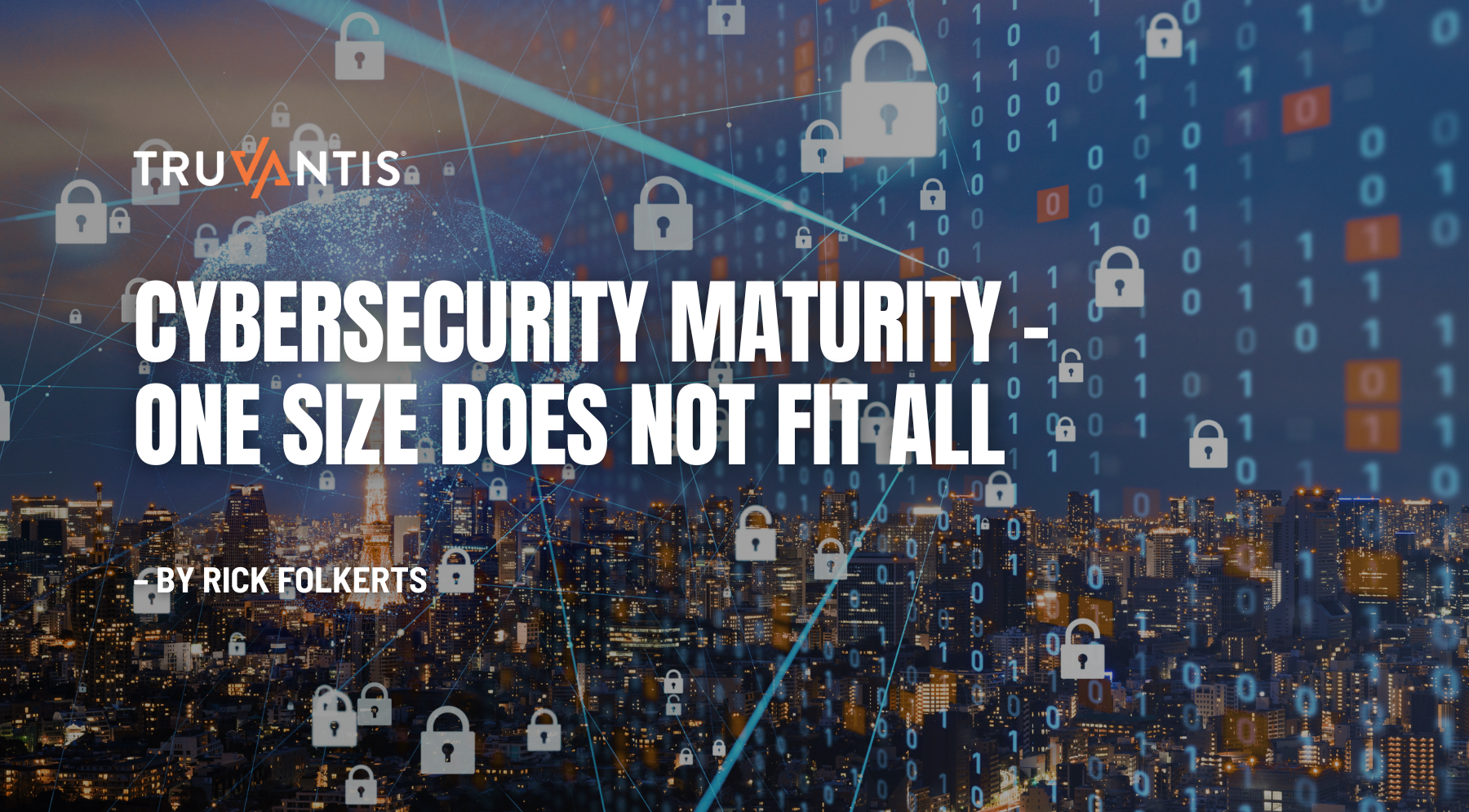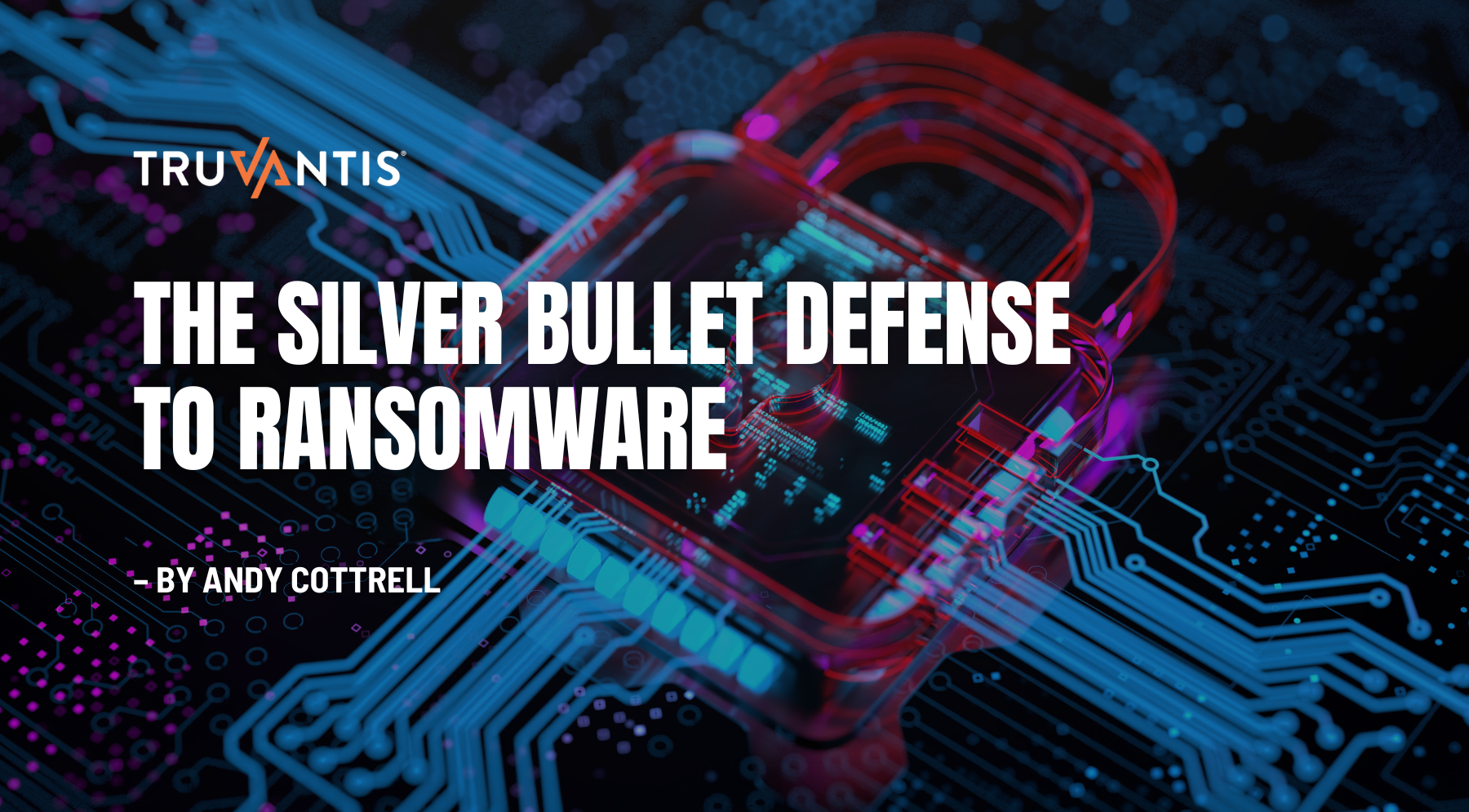ISO27001 is the certifiable ISO standard that describes how to manage an Information Security Management System (ISMS) securely. 27001 is compatible with other standards and regulations, including SOX, GLBA and other cybersecurity regulations. Completing ISO/IEC 27001 certification helps demonstrate the effectiveness of controls to regulators and supports the principle that your security controls constitute "reasonable security" as required.
Achieving ISO 27001 compliance is a lengthy, complex process. Arguably, your organization must take hundreds of detailed steps to complete the process successfully. However, for a high-level discussion, let's look at the process from three fundamental blocks.
One – Form the Team
Obtain Management Commitment
Executive leadership's commitment to security is critical in helping drive an information security program to success. Senior management is responsible for setting program goals and priorities and ensuring resources are available to support the security program.
Identify the Risk Owners
The risk owner is impacted, accountable, and has the authority to invest in a solution. They need to be high enough in the organization to allocate resources and drive the risk management process.
Get an Expert on Board
Plan for a successful ISO 27001 audit. If this process is one that you'd like to achieve as quickly and smoothly as possible, you should enlist an expert. Choose a consultant with the certifications, knowledge and experience to guide you through the process.
Two – Perform a Risk Assessment
A formal risk assessment is a requirement for ISO 27001 compliance. That means you must document your risk assessment's data, analysis, and results. To start, consider your baseline for security. What legal, regulatory, or contractual obligations does your company need to meet? Perform a Gap Analysis
Your organization defines its information security policy based on your specific business goals. This policy serves as a framework by establishing a direction and principles regarding information security.
Once the policy is in place, you define the scope of the ISMS, including sensitive data and the technical systems, people and processes used to manage, secure and monitor your ISMS.
Three - Make Information Security Part of Business-As-Usual
For official certification in the ISO 27001 standard, organizations must go through their entire ISMS to ensure all the requirements are met. Then contract an accredited auditor from a firm specializing in this standard to conduct the audit. The auditor is prohibited from advising you on how to complete the ISO 27001 standards.
Internal Security Testing (i.e., Penetration Testing)
The purpose of adversarial security testing is to inform the blue team of the efficacy of risk mitigation controls. This is mostly about penetration testing. The application of human cunning is the value of a penetration test and what distinguishes it from a vulnerability assessment. A proper pen test begins with an Attack Surface Analysis to identify the weaknesses that your adversaries could otherwise use against you.
Maintain Continuous Compliance
With ISO 27001 certification, maintenance is crucial if you want to keep it. This means you must review, monitor and maintain it methodically on a routine basis. Many organizations around the world are certified to ISO/IEC 27001.
Why Truvantis
Working with Truvantis helps streamline ISO 27001 certification. First, Truvantis works with your organization in advance to talk through the process, define the scope and boundaries of the evaluation and develop a certification roadmap. Then, when you need ISO 27001 certification, Truvantis can help with crucial budget-saving recommendations based on the extent of your business and surrounding requirements.
Truvantis is a cybersecurity and privacy consulting organization with comprehensive expertise in implementing, testing, auditing, and operating information security programs. We specialize in helping our clients improve their cybersecurity and privacy posture through practical, effective, and actionable programs—balancing security, technology, business impact, and organizational risk tolerance.
Ready to move forward? Contact Truvantis for more information and to start your ISO 27001 consultation.


.png)






